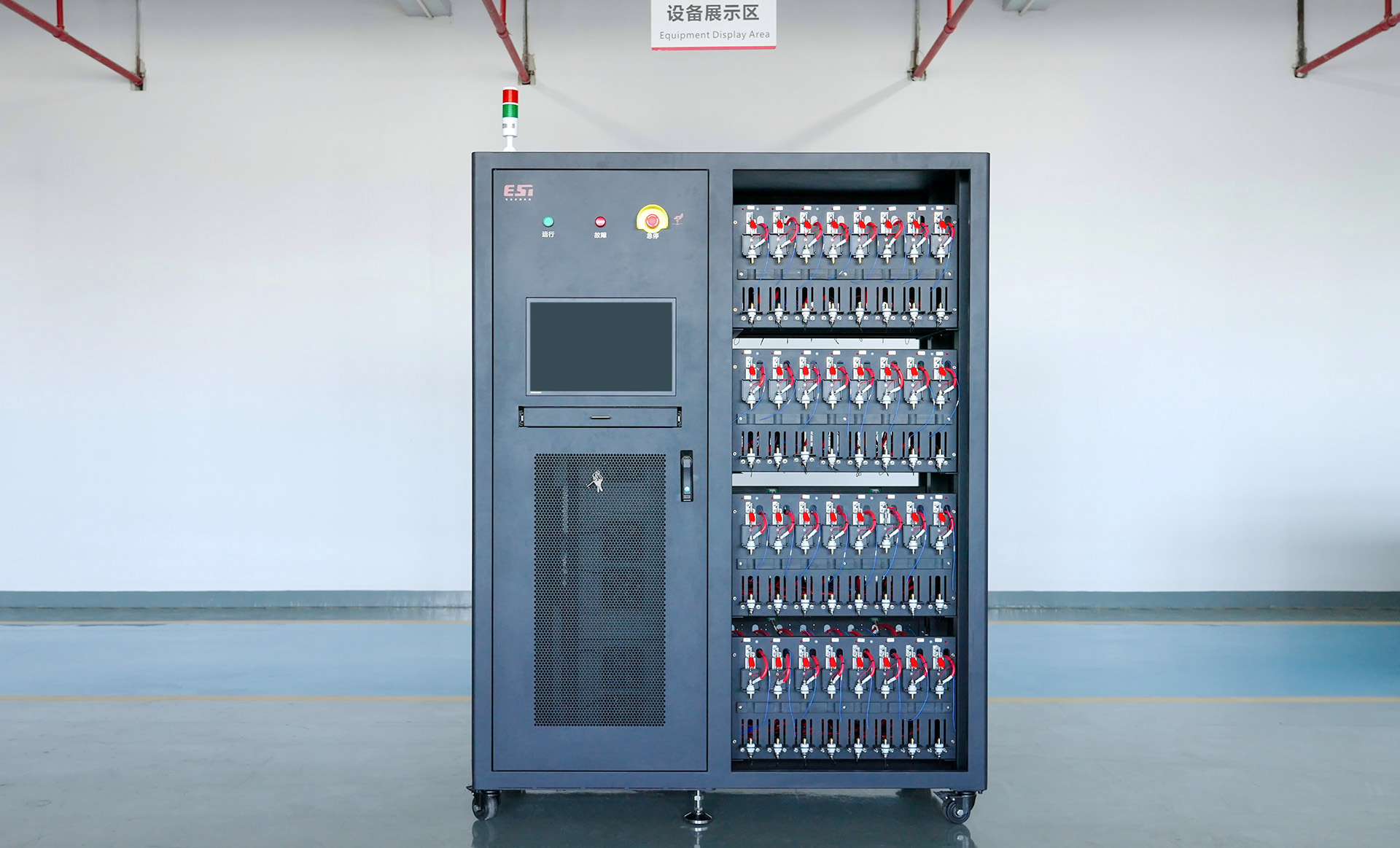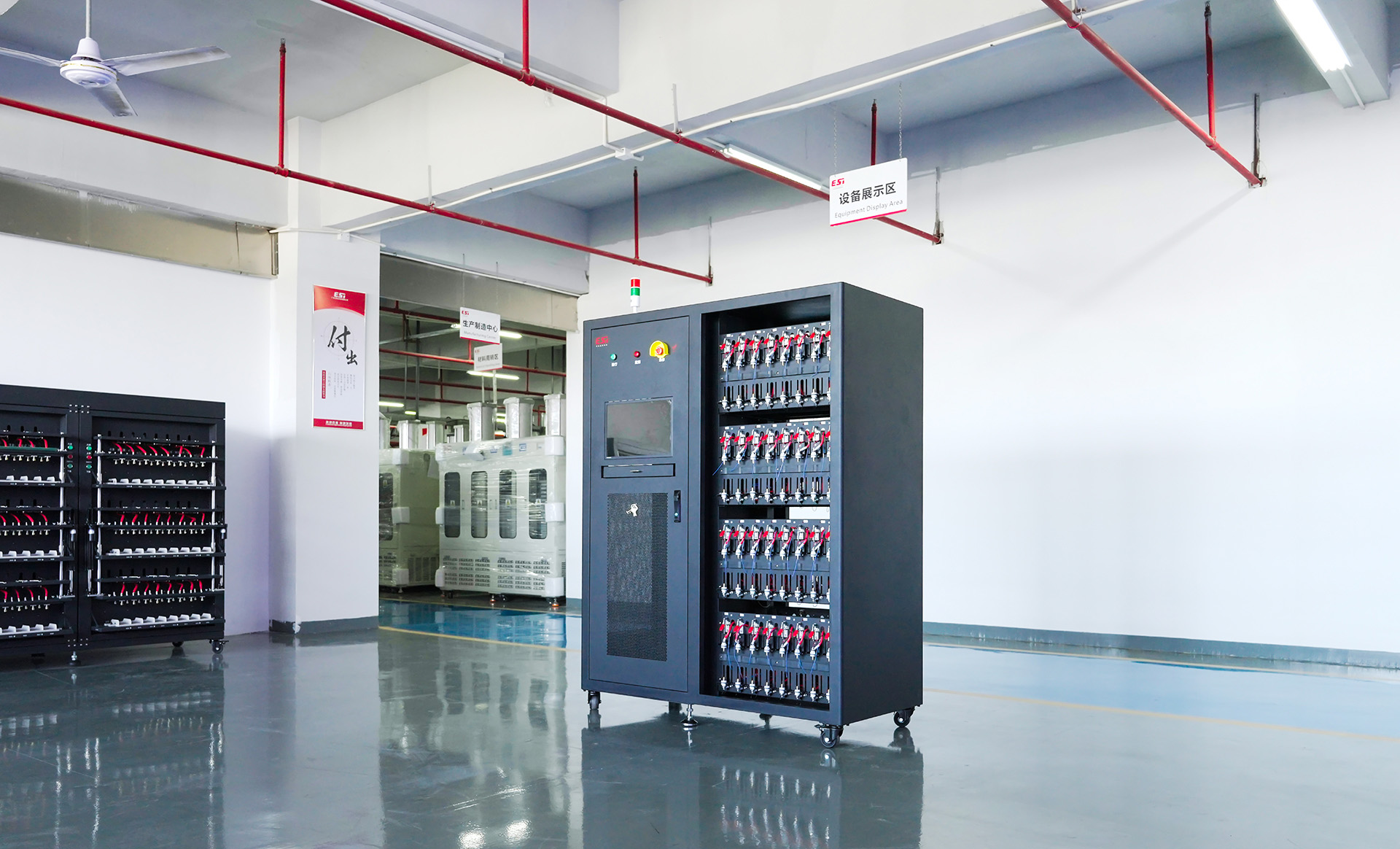Customized 5V60A64 channel cylindrical battery testing cabinet for Yishengda
1. Power supply section:
Voltage stability: A voltage output of 5V is a common voltage range for cylindrical battery testing, which can meet the testing needs of most cylindrical batteries. In customized products, it is necessary to ensure the accuracy and stability of voltage output, and to ensure that voltage fluctuations are within a very small range during long-term testing, in order to accurately measure the performance of the battery.
Current carrying capacity: A current of 60A can meet the testing requirements of high-power batteries, but the adjustment accuracy and response speed of the current need to be considered when customizing. For example, when conducting charging and discharging tests at different rates, the device can quickly and accurately adjust the current size to simulate the charging and discharging situation of the battery in various usage scenarios.
2. Fixture section:
Advantages of integrated design: The integrated design of power fixtures can reduce the size and connection lines of equipment, improve the integration and stability of equipment. The fixture needs to have good conductivity and mechanical strength, be able to firmly clamp the battery, ensure good contact between the battery and the fixture during the testing process, and avoid testing errors or safety issues caused by poor contact.
Upper and lower pin design: The design of upper and lower pins can facilitate the installation and removal of batteries, improving testing efficiency. The top pin needs to have sufficient elasticity and accuracy to accurately contact the positive and negative electrodes of the battery, and maintain good contact performance even after multiple insertions and removals.
3. Integrated computer part:
Data processing capability: The integrated computer has strong data processing capabilities and can quickly collect and process 64 channel battery test data. The hardware configuration of the computer meets the running requirements of the testing software, including processor speed, memory capacity, hard disk storage space, etc.
Software Function: The testing cabinet software has rich functions, such as charging and discharging mode settings (constant voltage, constant current, constant power, constant current and constant voltage, etc.), cut-off condition settings (voltage, current, relative time, capacity, temperature, etc.), data recording and analysis, curve drawing, etc. The software interface should be simple, intuitive, and convenient for operators to use.
4. Two sided design:
Space utilization efficiency: The double-sided design can fully utilize the space of the testing cabinet, increase the number of testing channels, and thus improve testing efficiency. When customizing, it is necessary to consider the size and weight of the battery to ensure that the structure of the testing cabinet can withstand the weight of the battery and will not affect the installation and testing of the battery.
Convenience of operation: This design needs to consider the ease of operation for operators when using batteries on both sides, such as whether there is sufficient operating space, and whether the installation and removal of batteries are convenient.






